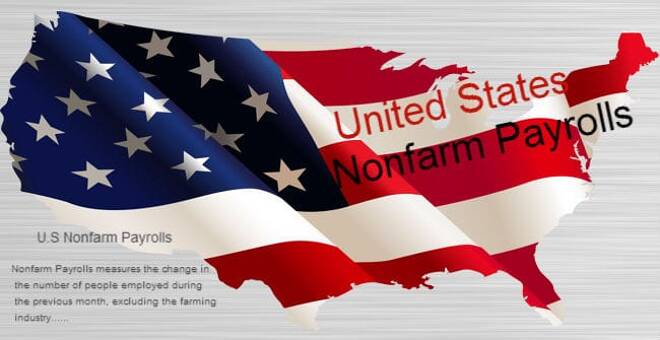Advertisement
Advertisement
Countdown To US Nonfarm Payroll Report
By:
The Bank of England was in line with market expectations although no one really thought that Mark Carney would actually pull out the bazooka, but no one
The Bank of England was in line with market expectations although no one really thought that Mark Carney would actually pull out the bazooka, but no one can fault him for not carrying through on Super Thursday. The Bank of England has loosened monetary policy further by cutting rates and announcing additional quantitative easing.
The BoE has cut the Bank Rate to 0.25% from 0.50% – a fresh 322-year low – and upped its quantitative easing program to £435 billion from £375 billion. The BoE will also buy up to £10 billion of corporate bonds over the next 18 months. The pound fell 10 pounds within minutes of the announcement and remained flat for the balance of the session at 1.3169. Against the euro the pound is trading at 0.8453 with the pair gaining 85 points as the euro traded in the red also.
The US dollar was in the green at 95.66 up by 17 points with the euro trading at 1.1138 down by 11 points after the ECB monthly bulletin. According to the ECB’s latest Economic Bulletin, measures of underlying inflation have, on balance, not yet shown any clear sign of an upward trend. The annual rate of HICP, excluding food and energy, has been hovering around the 1.0% level since the middle of 2015, while other underlying measures of inflation have also shown no clear signs of upward momentum.
Inflation developments around late 2016 will be crucial for the ECB bond-buying program and the Euro outlook. Wage growth has remained subdued with compensation growth per employee at 1.2% for the first quarter of 2016 from 1.3% the previous quarter. The ECB speculated that continued elevated slack in labour markets and weak productivity growth as well as low inflation may be weighing on earnings growth.
The next big event is later in the day as US markets open the government will release its monthly jobs data which carries a lot of weight with the Federal Reserve board. The highly anticipated economic report is the release of Non-Farm Payrolls by the BLS. Beating consensus, which stands at about +180K, could help further boost the dollar. However, a positive reaction to a strong report is not a given, as the dollar was mixed after a strong US jobs report for June.
The USD edged back through 101.00 JPY while the euro gave up recent gains slipping back through 1.1150 helping the dollar index push upward to touch intraday highs at 95.594.
The Aussie edged lower slipping back through the 0.76 handle as investors backstopped the greenbacks slide ahead of Friday’s non-farm payroll report. Having largely shrugged off the effects of Tuesday’s RBA rate cut the AUD has found strong support in a weakening USD and increased carry trade demand following Friday’s BoJ stimulus announcement.
The kiwi suffered a heavy sell off through trade on Wednesday relinquishing 100 points to its US counterpart and touching intraday lows at 0.7141. With little domestic data on hand to drive direction the Kiwi largely shrugged off an increase across global dairy prices steamrolling downward as investor’s square positions
About the Author
Barry Normanauthor
Advertisement
